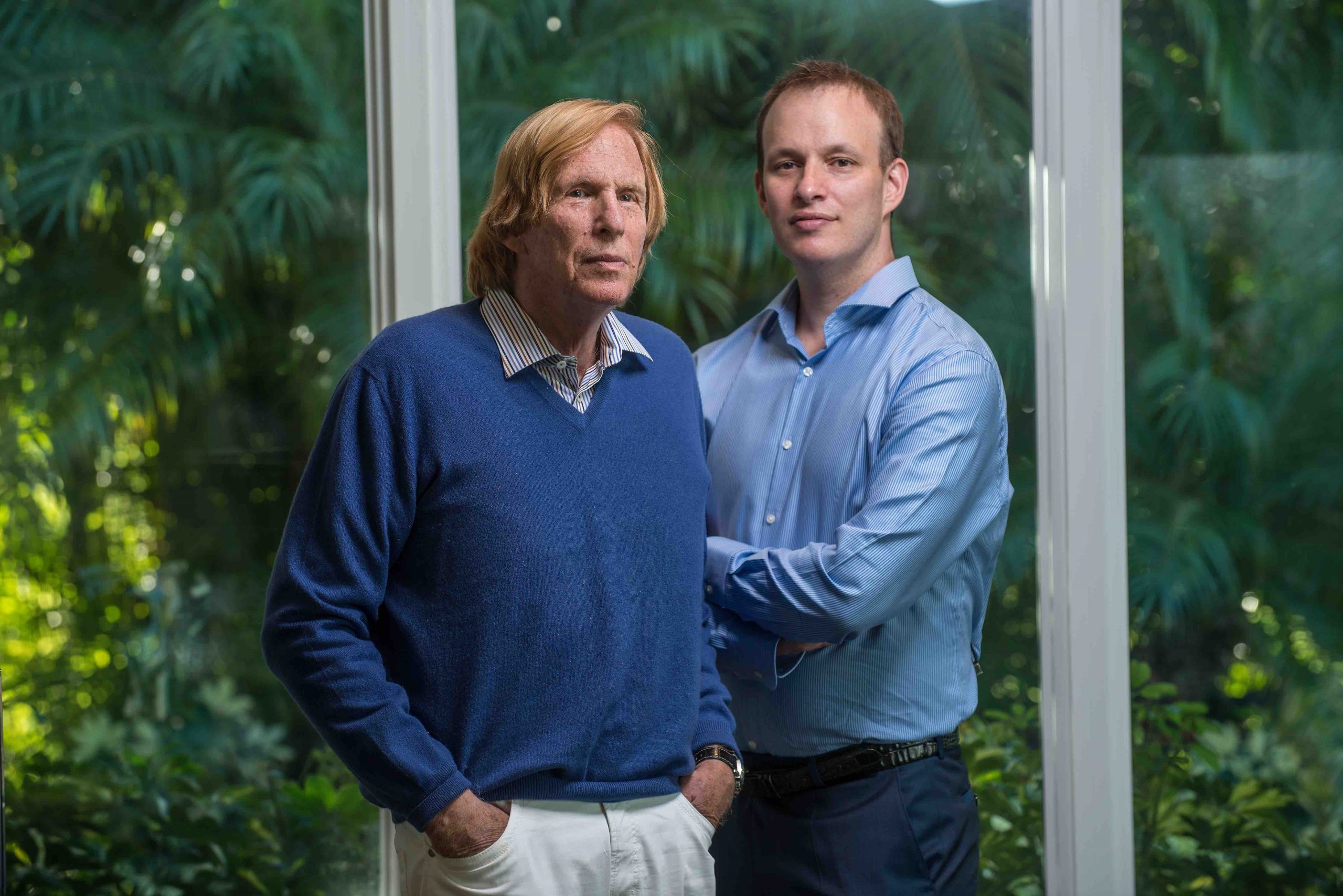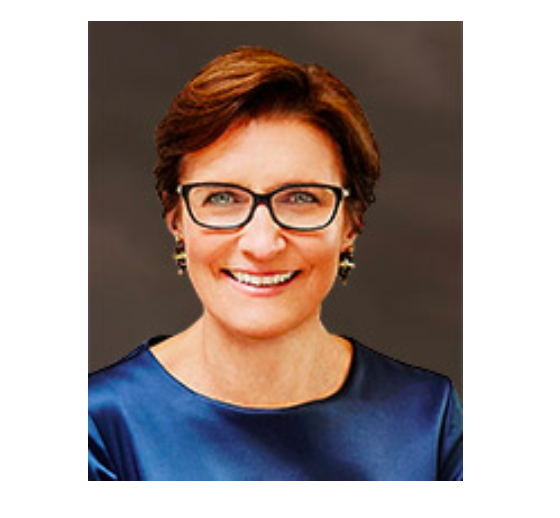Global Bond Investing in an Era of Negative Interest Rates
| By IreneValiente | 0 Comentarios

What once would have been considered a strange anomaly may now be becoming the norm as yields on a growing proportion of the global bond markets turned negative throughout 2019. The escalating US-China trade conflict, fears of a global economic slowdown and the aggressive accommodative monetary policy response by central banks to those developments have accelerated this trend in the middle of 2019, according to Colchester Global Investors.
This environment has resulted in the market yield on approximately US$11 trillion of government debt falling below zero percent as at the end of August, 2019. This accounted for approximately 37% of the universe of outstanding government debt at that time. Some 40% of this amount was issued by the Government of Japan, and a further 14% and 12% by the French and German Governments respectively.
As a result of the extensive quantitative easing programs undertaken by central banks, collectively it is estimated that they now hold approximately 80% of all negative yielding debt. Whilst negative central bank policy rates and negative bond yields on sovereign debt had been observed for some time, this phenomenon has not been restricted to government bonds alone. In recent months yields on an increasing number of corporate bonds have also turned negative, new corporate debt has been issued at those levels and even negative rate mortgages have been offered in Denmark. While not as prevalent, such declines have resulted in the yield on approximately 7% (US$1 trillion) of the universe of global corporate investment grade debt also falling below zero percent.
 Should investors hold negative-yielding bonds?
Should investors hold negative-yielding bonds?
Given that negative yields imply an investor holding such a security to maturity will incur a loss (at least in nominal terms) does this imply that the ‘safe-haven’ characteristics of sovereign fixed income have been compromised? The evidence of the recent past would suggest not.
At Colchester they have observed that negative yields can become more negative in response to economic and political events and shifts in perceived risk levels. In other words, over the short term the returns to investors from ‘falling’ negative-yielding bonds may be positive as bond prices continue to appreciate. Indeed, many investors were surprised at the strength of the demand for safe-haven assets and the resulting size of the yield decline of already negatively yielding bonds during the most recent bout of risk aversion in the middle of 2019. For example, 10-year German Bund yields fell from -0.2% to -0.7% from mid-July to mid-August, returning +4.5% in USD hedged terms. Similarly, over the same period, 10-year Swedish bond yields fell from 0.1% to -0.4%, returning +3.0% in USD hedged terms.
This is not to argue that negative yielding bonds will always deliver positive returns, but simply highlights that the diversifying return characteristics of sovereign bonds still holds true in a negative interest rate world. Returns on a negative yielding bond may be positive or negative over the short term, just as they may be on a positive nominal yielding bond.
How is Colchester managing portfolios in the current environment?
Colchester continues to see the sovereign fixed income asset class as providing desirable diversification characteristics and specifically a negative correlation to risk assets. They believe that the events of mid 2019 suggest that despite the increasing prevalence of negative yields, this characteristic remains intact in the face of rising uncertainty and increased risk aversion. “The slowdown in global money and credit growth through 2017 and 2018 is likely to contain inflation in the near term and limit any large increase in bond yields. This benign environment is likely to be broadly supportive of bond prices and minimise the ‘cost’ of diversification insurance that may prove useful if the global economy, trade disputes or risk assets take a turn for the worse”.
Nonetheless at Colchester they are trying to limit their exposure to negative nominal yielding markets. “Instead we are skewing our portfolios towards markets that are offering positive real yields, that preferably also offer a positive nominal yield. Such markets are currently limited within the G10 or ‘traditional’ bond markets. It is tempting in such an environment to reach for yield by moving down the credit curve into subordinated or high yield debt, increasing exposure to emerging markets, or supplementing returns with an array of structured products. However, as all have a higher correlation with equity and other growth assets, this reduces the diversification benefit of holding bonds. Accordingly, we seek to build bond portfolios that not only offer higher relative real yields and attractive risk characteristics, but also maintain the diversifying integrity of a traditional bond market allocation. Therefore, while we are willing to add limited exposure to some non-traditional markets such as Singapore or Mexico, to benefit from their potentially higher real yields on offer and to offset some of the ‘insurance premium cost’, such exposure is limited to protect the diversification characteristics that most investors are looking for from their traditional sovereign bond allocations”.
Today their global bond portfolios are materially overweight versus benchmark those markets where they observe the most attractive prospective real yields. “Markets such as Norway, Singapore and Mexico, where both real and nominal yields are positive, feature in our portfolios. In contrast, the strategy is very underweight the euro area where both real and nominal yields are negative and our portfolios hold no exposure to German, French or Dutch bonds where yields are lowest. The strategy does however hold some exposure to negative nominal-yielding bonds, mostly in Japan. The Japanese market offers materially more attractive relative real yields than the core of Europe once we factor in the low level of projected inflation. Furthermore, the market exhibits very low levels of volatility. As we are looking to construct portfolios that in aggregate offer a balance between value (or expected return), liquidity and negative correlation to risk assets, it should be no surprise that despite their negative nominal yields, Japanese bonds have a role to play”.











